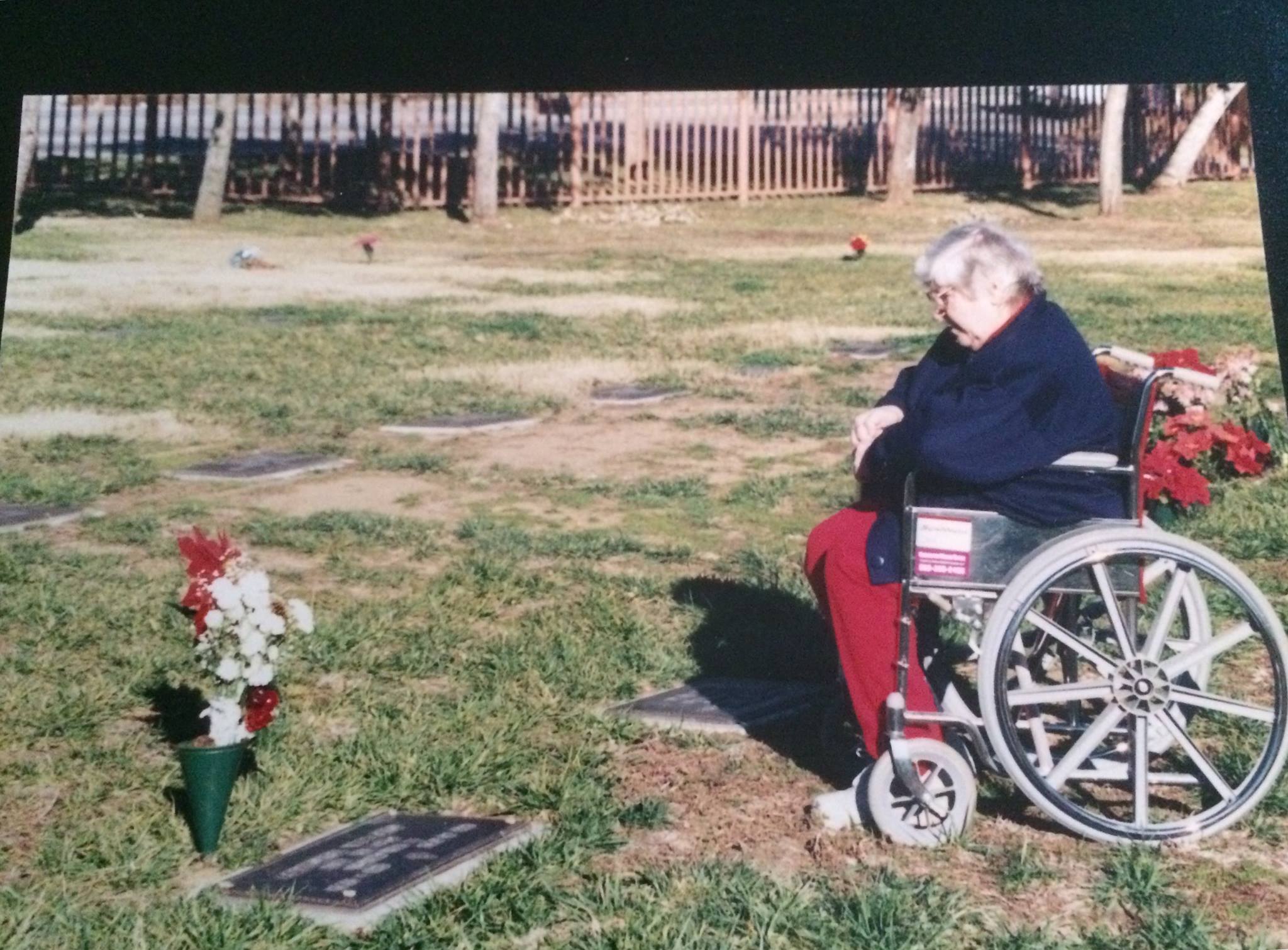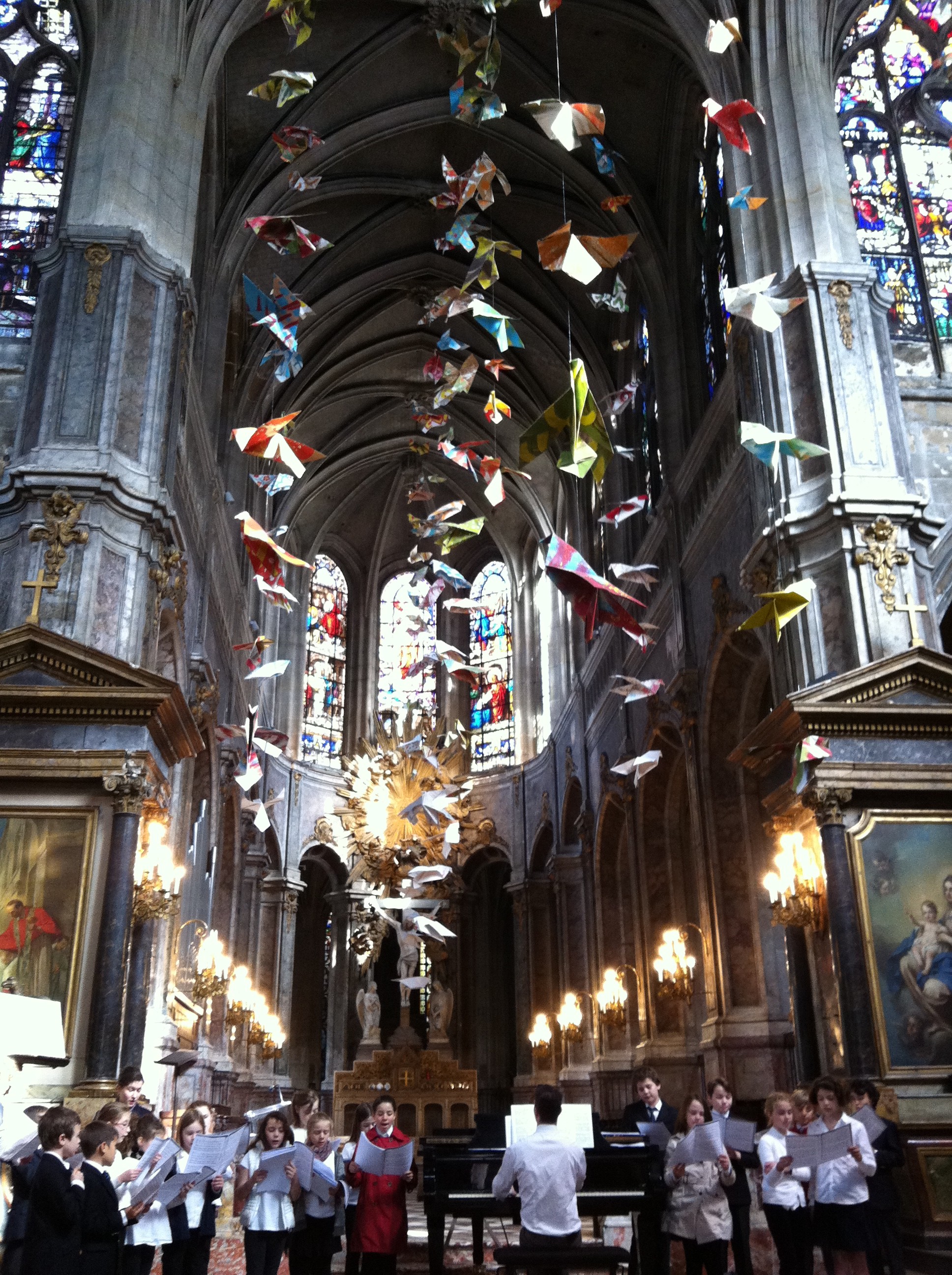My mother was a beautiful Italian woman of great dignity, faith and courage. She was born during the Polio Epidemic of 1915-16, and paralyzed on one side of her body. She considered herself fortunate that it wasn’t worse. When she saw other “Polio children” in the Crippled Children’s Home where she spent several months–living their lives in Iron Lungs because they could not breathe–my mother was grateful that she only lost the use of one arm.
From her earliest days, my mother faced hateful discrimination because of her disability. Her father, an ignorant, arrogant, bull-headed Italian macho-man, told her she’d never get a job or get married because of her “limp” arm. As a “polio” child born in the Italian neighborhood of Greenwich Village, NYC public health restrictions kept her out of public swimming pools. When she was sent upstate New York to a New York Times “Fresh Air Fund” camp for disabled children, she noticed signs in front of private camps throughout the Catskills which read: “NO POLIO CHILDREN ALLOWED.”
My mother taught herself to swim in the waters off Coney Island, using her “one good arm”, and raised and diapered four children in the days when diapers were made of cloth, and all washing was done by hand. She never complained, nor cursed her disability, even when my father went off to World War II to fight Fascism and she was left alone, to care for three children, with her youngest still in diapers.
My mother never got a “small” stake of $1 million from her father, as Donald Trump did, nor did she ever delight in calling people names or insulting them. She was a devout Catholic until the moment of her death in 2007, and believed in the kind of all loving God that Pope Francis has preached about over the last few years. Money never mattered much to my mother; human dignity, kindness, caring and love were the sources of her wealth. Her life-long disability made her even more sensitive to all kinds of human frailties.
I thought of her this week watching the news coverage of Donald Trump mimicking disabled New York Times Reporter Serge Kovaleski. My mother, loving and forgiving as she was, would have been outraged.
“You miserable son-of-a-bitch,” I imagined her yelling at the television as Trump mocked Kovaleski. “You should be forced to spend time in a Crippled Children’s Home to see people struggling to live each day with a disability.”
My mother’s political hero was FDR because he showed the world how a person with a disability—Polio, specifically—could accomplish great things for others. When FDR helped launch the “March of Dimes” to raise vast sums of money for Polio research, my mother sent off her annual contribution of dimes with a religious fervor for decades. With FDR fighting for a cure, surely one would be found, she told us. She was proven right in 1954, when Dr. Jonas Salk discovered the Polio Vaccine.
My mother isn’t alive today to call Donald Trump a miserable son-of-bitch, for making fun of the disabled. So, I will. This son of a courageous Polio survivor thinks you’re a miserable son-of-a-bitch, Trump, and a loser of the lowest order.
First you picked on Mexican immigrants and called them criminals and rapists—some of the same slurs that were thrown at the Chinese 135 years ago, Italians 100 years ago, and Cuban immigrants, 35 years ago. Next you attacked political refugees, escaping certain death and oppression, and advocated the anti-American and unconstitutional action of registering people on the basis of their faith–an action taken by Fascist regimes against the Jews during World War II. Then you cheered on while some of your White Trash supporters beat up a black man for having the courage to stand up to your pernicious political views. And, finally, you mocked a man—a national treasure of a journalist—simply because he told the truth about another one of your huge lies.
My father fought Facists like you in World War II, Trump. My wife’s Uncle died fighting them in Italy. My mother fought bigots and brutes everyday of her life. It’s in the spirit of these battlers against bullies like you, that I’ll continue their fight, Donald, you miserable son-of-a-bitch. You couldn’t polish the chrome on my mother’s wheelchair, you loser.





